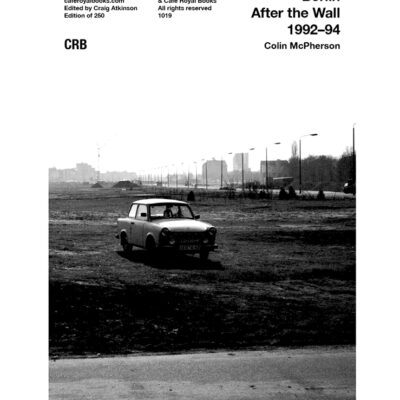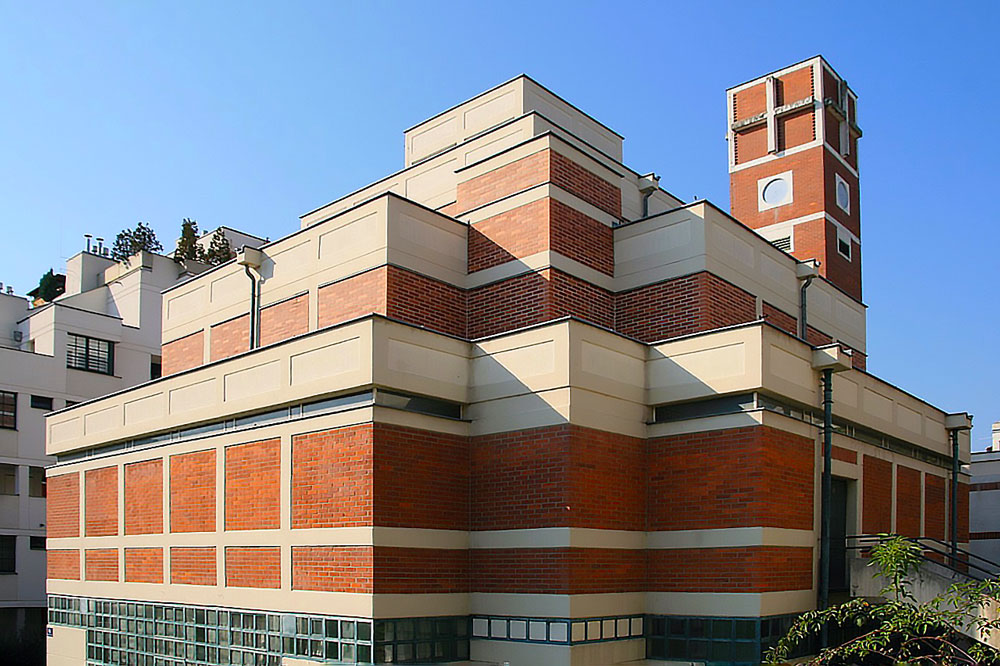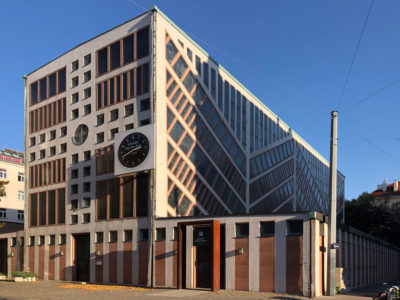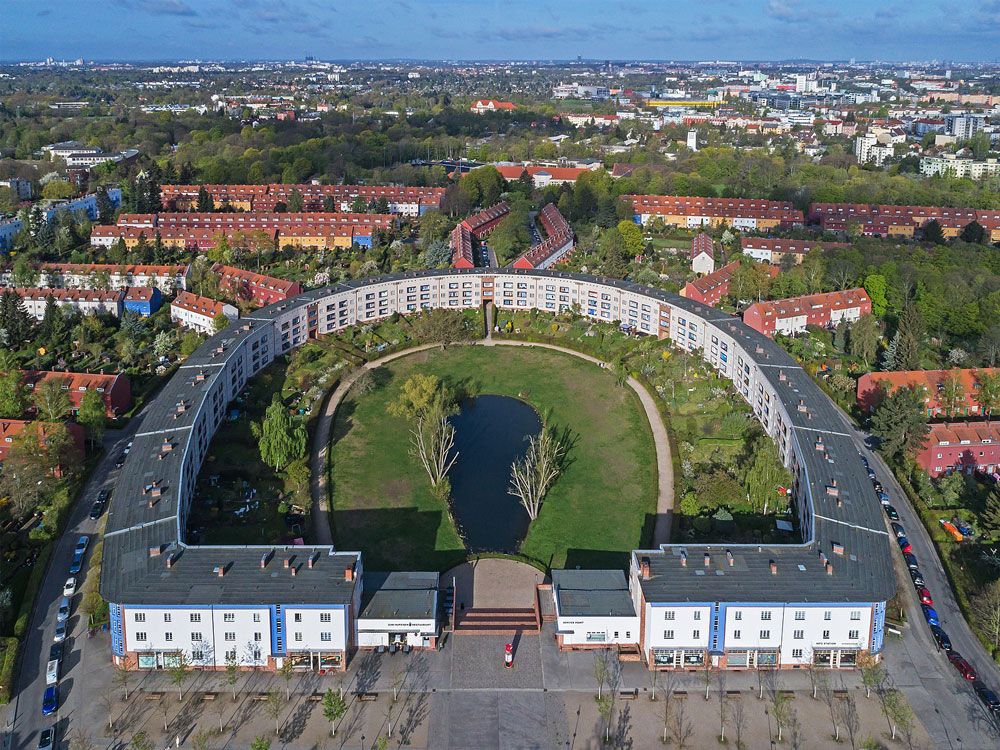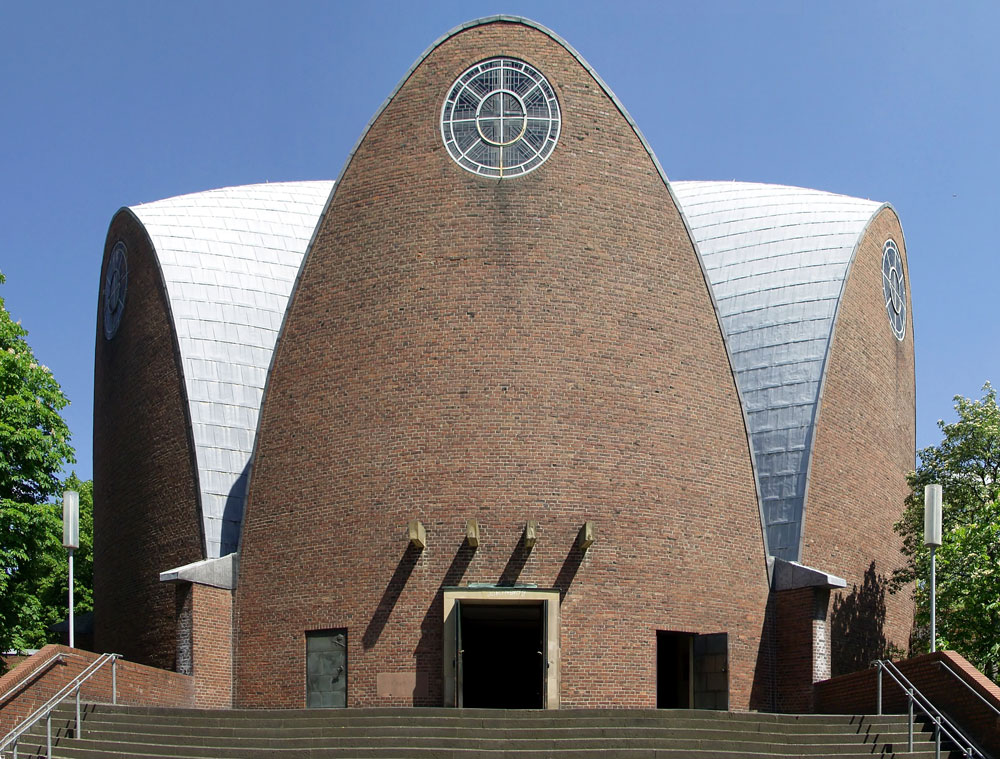
Dominikus Böhm
Dominikus Böhm 1880 -1955 Born in Jettingen, Ulm, Germany to Alois Böhm and Katharina Hofmiller.
A German architect with a specialism in church design he worked principally in Cologne, the Ruhr, Swabia and Hess. Educated at the Augsburg University of Applied Sciences he graduated in 1900. He became a teacher at Hochschule für Gestaltung Offenbach (the School of arts and crafts or school of applied arts) from 1908 -1926. Fellow members of the faculty
were Rudolf Schwarz and Martin Weber. Böhm taught a course in conjunction with fellow architect Rudolf Schwarz.
In 1926 Böhm became Professor of Christian Art at the Kölner Werkschulen in Cologne. The school was a project of the then Mayor Konrad Adenauer who visualised it operating in the same way as the Bauhaus in Dessau, with equal emphasis on arts and the sciences.
There is debate about the level to which Böhm worked comfortably with the Nazi party during WW2. What is clear is that by virtue of being a member of Block Kolner Baukunstler, the Cologne region’s architects group he was considered a party member. He did receive commissions at this time and build four large churches. When the war ended he returned to Cologne.
According to Kathleen James-Chakraborty in her book German Architecture for a Mass Audience Böhm was unusual in that he was able to work during the Weimar era, the Nazi era and immediately in post-war Germany.
Postwar in Cologne he was involved in the reconstruction of the city alongside Rudolf Schwarz, the mass destruction as a result of allied bombing called for a complete rebuild and Böhm designed eight churches. He also returned to the Kölner Werkschulen from 1947 to 1953 as a Professor in the department of Church Construction.




